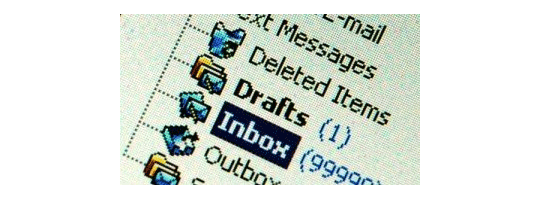As a career salesperson, nothing was worse than hearing from an existing or prospective client days after I sent an email and being asked, "where's your proposal?" I knew it meant an immediate loss of trust and a slipped sales cycle. My usual response, "I sent it to you at 9 AM on Monday and left a follow-up voicemail" and the following reply of "oh, there it is...I usually have all-day meetings on Mondays and don't check emails till after the kids go to bed" helped to partially repair the trust, but I could never get back the time lost in the sales cycle.
Another one was when my sales leader asked, "What's the status of the opportunity with Lisa?" and I'd happily respond "I sent her an email at 10 PM last night as I cleared my strategic emails from the day".
Unfortunately, my late night diligence resulted in my email being buried below my 5 competitors, LinkedIn updates always sent between 1-2 AM and 5-7 AM, and 30 emails from her colleagues with high priority associated with them. Unbeknownst to me, Lisa had a break in her schedule to sit down and respond to emails and answer calls at 2 PM, her normal schedule on Tuesday, which is just enough time to get through the top 1/4 of her inbox.
This won't come as a surprise, but the number of communications we receive daily is completely overwhelming. It's a virtual bombardment 24 hours a day and we simply can't respond to or even get through it all. For sales professionals, this results in countless hours writing emails that get buried in our recipients' inboxes and leaving voicemails that never get returned.
Email Engagement Patterns
The good news is humans are predictable. We get up, commute, hold meetings and keep personal commitments at set times each day. The most important part is that we also have predictable communication patterns, resulting in our response rates being greater at certain times each day of the week.
As professionals, we generate data every day that can illuminate these patterns. We designed The Seventh Sense to harness that data and help you take easy actions that can increase your sales, improve your efficiency and overall morale. We've found that sending emails at the right time increases the chance of a response by over 38% across the board, and in many key situations makes the difference between closed-won and closed-lost.
The Seventh Sense and Timing
The algorithm that Seventh Sense uses is powered by machine learning and AI which analyzes your contacts’ past email engagement behavior to identify email behavioral patterns. This means that if Seventh Sense is integrated into your marketing automation platform, emails are delivered to every individual at the best time they are more likely to open and engage with it. We call this the Send Time Optimization (STO) and it personalizes every email sent to every individual based on their behavioral pattern.
Seventh Sense doesn’t only have perfect timing but it also segments your audience based on their preferred frequency. You won’t have to worry if you’re sending emails too much and too soon.
Email providers will notice the increasing engagement from your emails which will help increase your sender reputation, help improve your email deliverability, and lessen the chance of your emails being marked as spam.
All of these factors will help shorten the sales cycle and increase the conversion rate and sales.
If timing is everything, isn't the last leg knowing when? I've found that the answer is a resounding yes, and invite you to find out for yourself.





